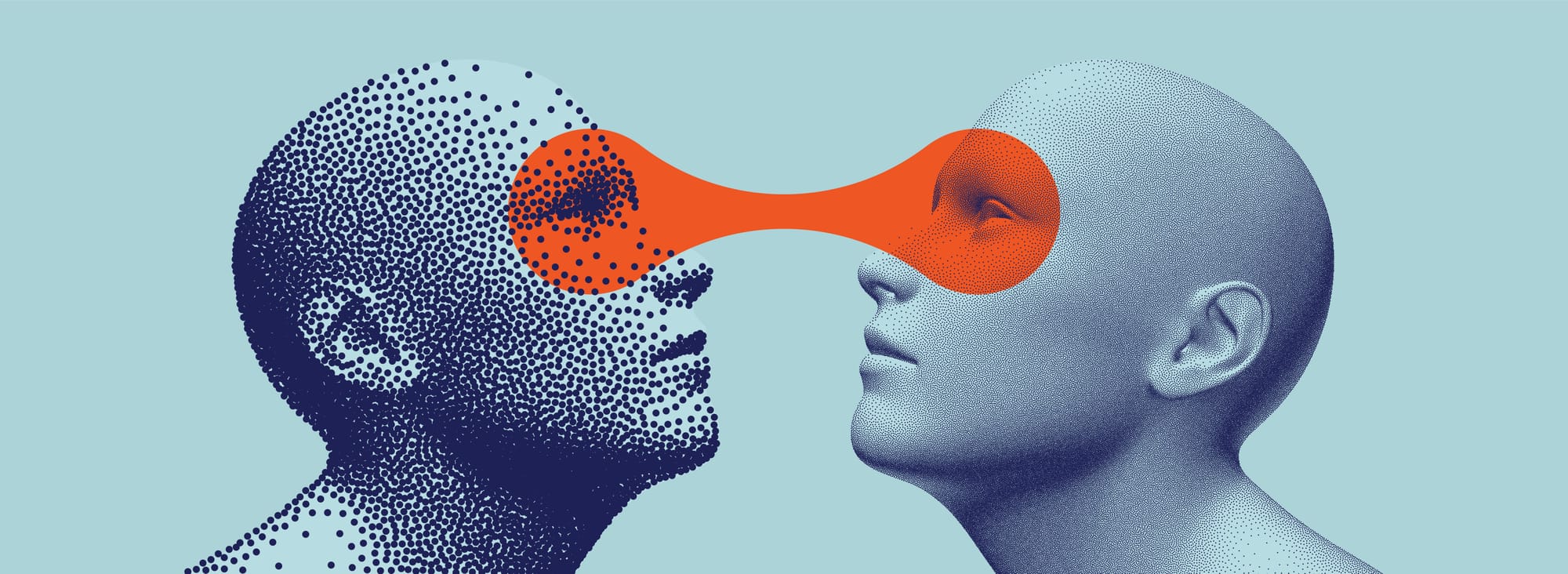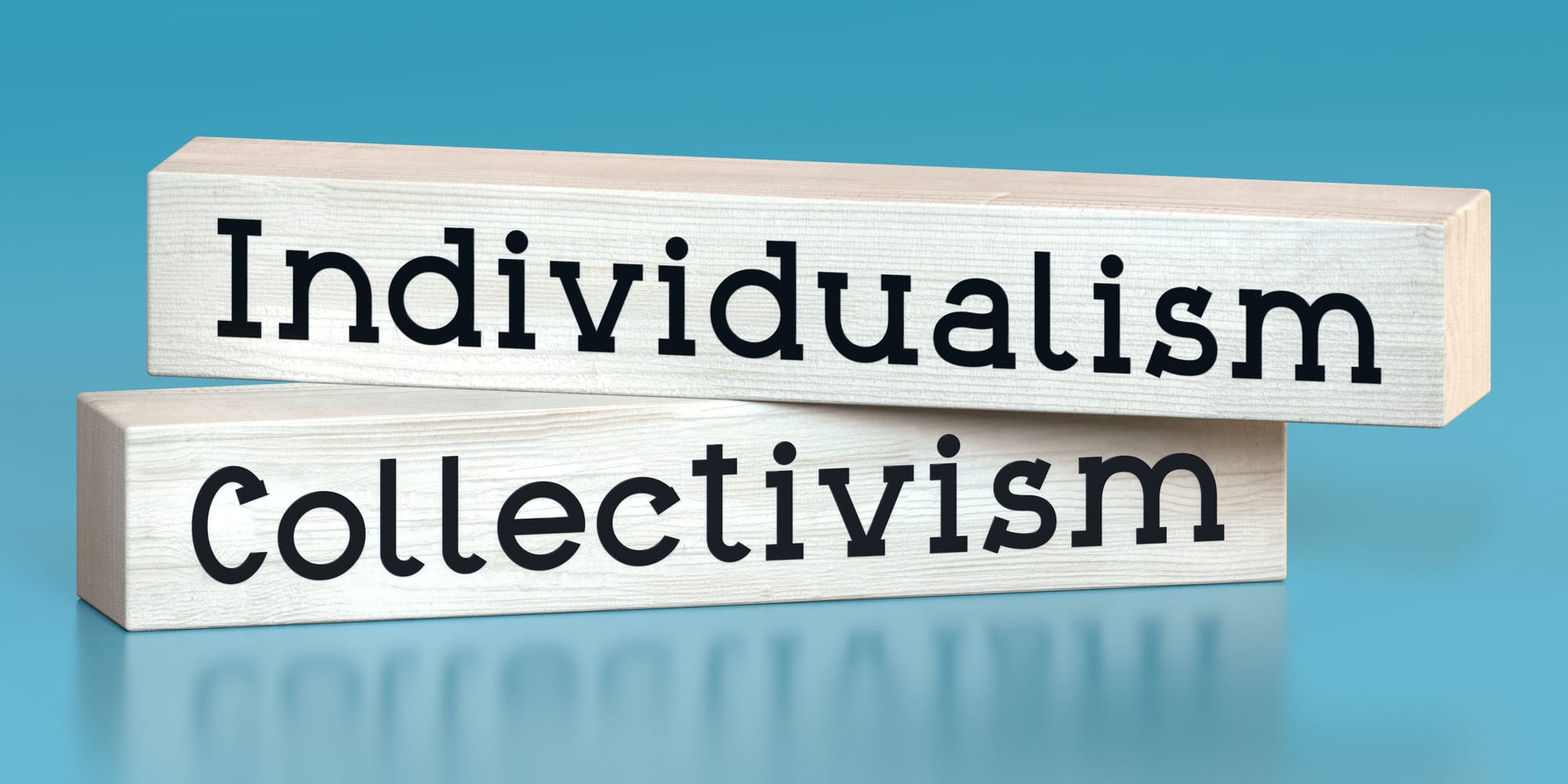
GENEROSITY in CONNECTION
Post-COVID, I’ve noticed how easy it has become to default to digital. Zoom calls, Teams meetings, remote catchups—they slot neatly into our busy lives. But I believe something essential gets lost in the convenience. We’ve become complacent, and in doing so, we’ve sacrificed the human factor and can impact our mental health and wellbeing.
Humans crave real connection. It’s built into us
When I walk into a room, I try not to ask, “What’s in it for me?” Instead, I ask, “What can I offer?” That’s the generosity of networking.

As Keith Ferrazzi puts it, “The currency of real networking is not greed but generosity.” That idea speaks to me. It flips networking from transaction to transformation. I try to walk in and not think, “What can I get out of this?”—because that’s not connection. The generosity piece really is about asking, “What can I offer into this space?”
Isolation is our enemy
In-person interactions offer something digital ones simply can’t—emotional and cognitive nourishment. I’ve read studies that show being physically present with like-minded people reduces stress and improves mood. That lines up with what I’ve seen—and felt. For people at risk of depression, clinicians often say: get outside. See someone. Talk to someone. Even sitting in a café changes things.
Even just physically being around other people can really help. I’ve learned that about myself. If I don’t get some kind of interaction, I notice it.
Mentally motivating
There’s another layer to this: productivity. When I sit down with someone in person, we cut to the chase. There’s less second-guessing, fewer misunderstandings. We move quicker, and we’re clearer. And more often than not, I leave that room feeling energised.
Face-to-face connection also offers something quietly powerful: motivation. After a networking event or in-person meeting, I walk away with a sense of purpose, and often a to-do list that I’m actually excited to tackle.
Holding up a mirror
But maybe the most powerful thing is this: people reflect things back to you that you can’t always see in yourself. Sometimes someone says, “That product is really innovative. You should go for that tender.” And just like that, something shifts. It’s like holding up a mirror. And sometimes, that’s all it takes.
Further reading:




